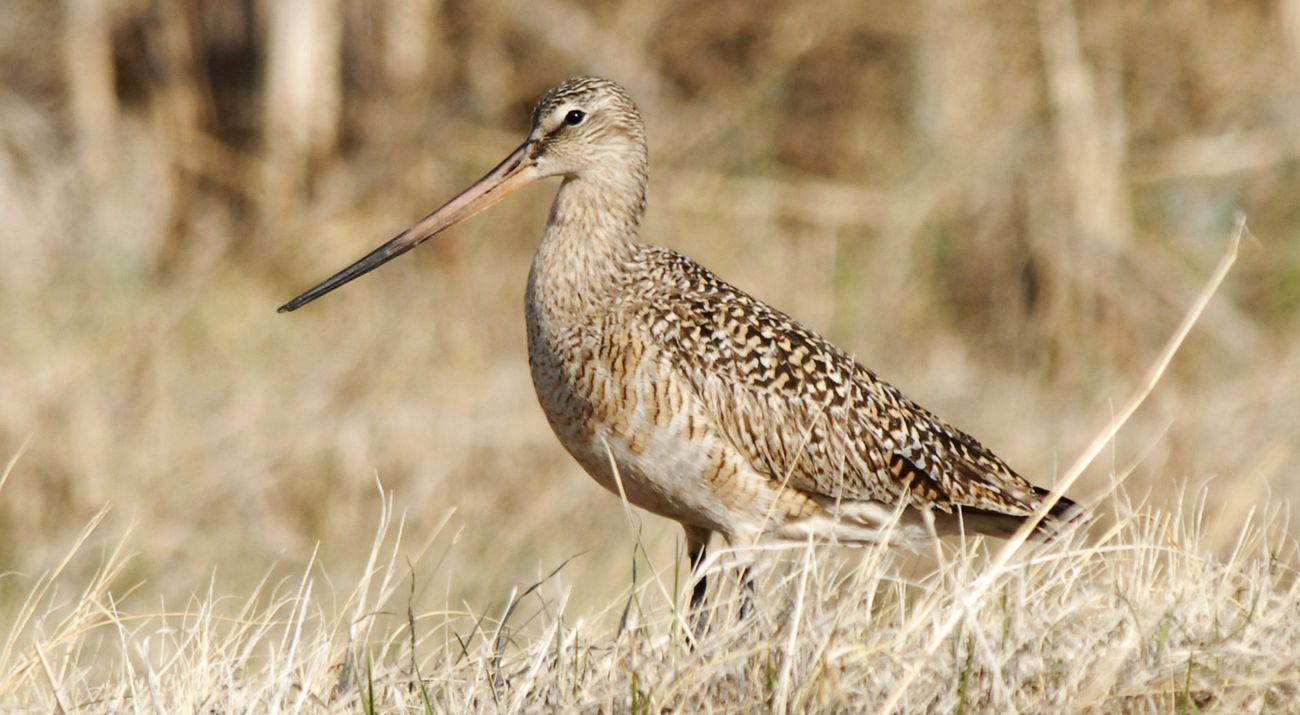Description
Standing amid Pankratz Memorial Prairie, it's easy to imagine what early pioneers saw as they made their way west. Acre upon acre of tallgrass prairie spreads out on the vista, which once was the beachfront of ancient Lake Agassiz. Herds of buffalo roamed this sandy soil, polishing smooth a large glacial boulder with the weight of their bodies. This boulder stands as a testament to pre-settlement times.
This land now is part of an expansive effort to connect Pankratz with the 1,624-acre Chicog State Wildlife Management Area, thereby creating more habitat for plants and animals to thrive. The Nature Conservancy, together with Trust for Public Land, the U.S. Fish & Wildlife Service and the Minnesota Department of Natural Resources, recently preserved a high-quality 2,800-acre tallgrass prairie, called Thorson Prairie.
Pankratz is made of two tracts of land—a 468-acre north unit and a 452-acre south unit. It is five miles from TNC's largest prairie-wetland restoration project in U.S. history—Glacial Ridge.
Why TNC Selected This Site
Pankratz Memorial Prairie—one of the largest fens in the area—features a unique assemblage of plant communities. Dry prairie knolls containing dryland porcupine grass are found only yards away from low prairie swales, dominated by sedges and prairie cordgrass. This mosaic allows diverse plant and animal families to thrive.
TNC chose this site because of its location within one of the main cores of the larger Agassiz Beach Ridges landscape. Its proximity to other private and public prairies makes it a viable and diverse site, where many of Minnesota's rarest plants and animals are found.
What TNC Has Done/Is Doing
Open prairies are essential for grassland birds to thrive. Therefore, it's important for TNC to open up the prairie landscape. Periodic, prescribed fire, aspen girdling and brush mowing are some of the tools used to manage this land, making it a better habitat for these imperiled birds.
Native plant communities throughout the world are threatened by invasive species. Leafy spurge, an invasive plant found on this preserve, is extremely difficult to control. Its large root system burrows 20 feet down, making it resilient to spraying, and seeds can spring up 15 feet from the mother plant. The plant also contains a milky latex that can produce blisters and inflammation in humans, cattle and horses, and may cause permanent blindness if rubbed into the eye.
To control it, land managers use fire—which plays a natural role in prairies, clearing brush and encouraging the growth of native plants—and special root-boring flea beetles.
An old gravel pit located on a newly acquired piece of land was reshaped and reseeded with native prairie seeds that were collected onsite. By restoring this area, grassland birds have more habitat, and invasive species will have a harder time getting a foothold.
